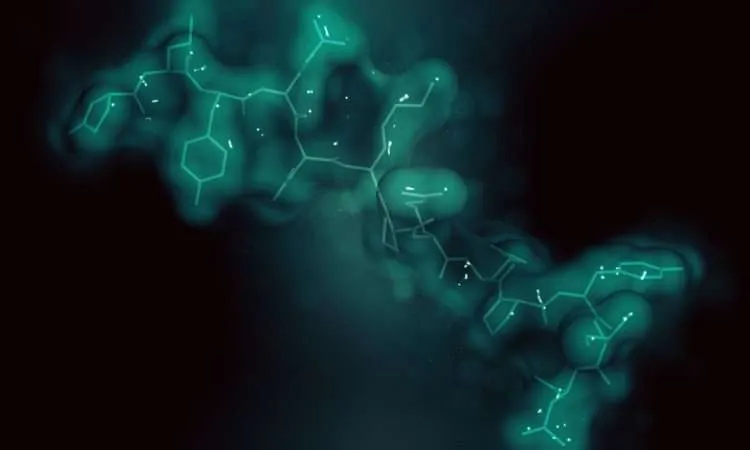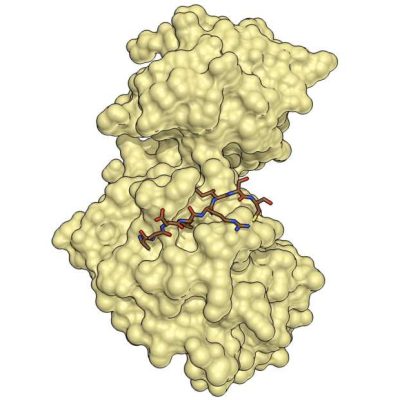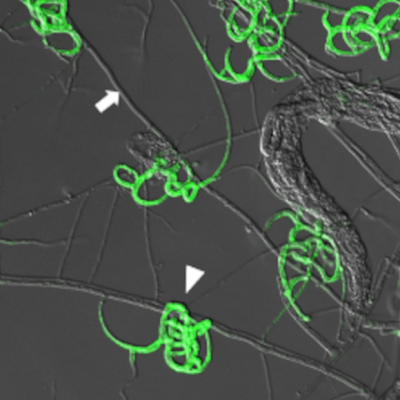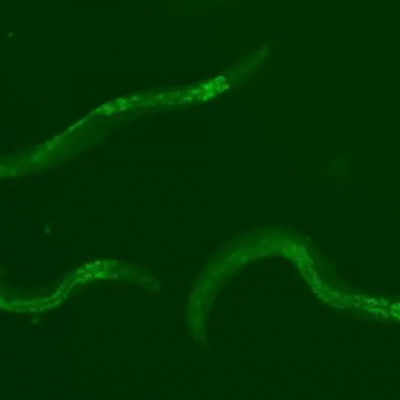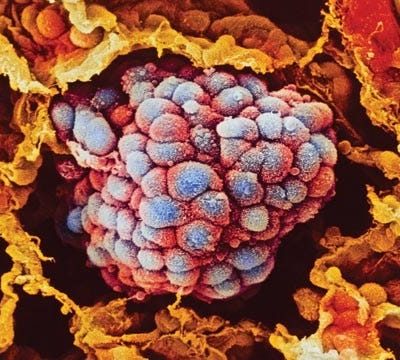The enigma of life’s origin perplexes modern science. Billions of years ago, a unique interplay among molecules laid the groundwork for our existence.
Gerald Yotze, a chemist at the Scripps Research Institute in San Diego (USA), posits that the formation of RNA (ribonucleic acid) was pivotal for life. RNA, a mostly single-stranded molecule, stores genetic information and possesses enzymatic functions, capable of self-replication. Unlike DNA and proteins, which form a complex interdependence, RNA stands out as a universal molecule, specifically the ribozyme, offering a plausible scenario for life’s origin.
The mystery deepens when pondering the genesis of the RNA molecule itself, consisting of four distinct chemical building blocks known as nucleotides—cytosine (C), uracil (U), adenine (A), and guanine (G). A study led by British chemist John Sutherland proposes reactions detailing the formation of pyrimidines under early Earth conditions, with the challenge of purines, namely adenine and guanine, remaining unresolved.
Researchers, led by Gerald Yotse, uncovered purine ribonucleotides, 8-oxo-adenosine, and 8-oxoinosine, molecules formed under analogous conditions to pyrimidines. Dr. Shawn Stairs, the study’s original author, noted, “8-Oxo-purine ribonucleotides may have played a crucial role in the early nucleic acids.”
Future endeavors aim to delve deeper into the information transmission mechanisms of 8-oxo-purines, potentially unraveling life’s initial information transmission system.


